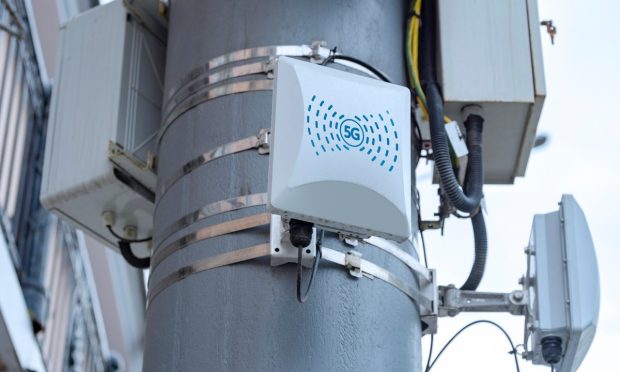AT&T, Verizon’s 5G Plans Clashes With Federal Agency

Verizon and AT&T customers won’t face any delays when it comes to the rollout of next-generation wireless technology.
The rival telecommunication giants rejected a request by Secretary of Transportation Pete Buttigieg and Federal Aviation Administration Chief Steve Dickson to further delay the implementation of 5G technology. The new services are set to launch Wednesday, Jan. 5.
In a joint letter to Verizon and AT&T on New Years’ Eve, Buttigieg and Dickson thanked them for agreeing to an initial 30-day delay as a solution is sought to provide confidence that 5G and aviation will safely coexist in the U.S. The letter then said while commercial C-band service would begin as planned in January, there should be exceptions around priority airports to ensure there’s no interference with electronics that pilots rely on for safety.
“The FAA and the aviation industry will identify priority airports where a buffer zone would permit aviation operations to continue safely while the FAA completes its assessments of the interference potential around those airports,” according to the letter.
They asked that these sites delay 5G until the end of March, barring unforeseen technical challenges or new safety concerns.
In response, Hans Vestberg, CEO of Verizon Communications, and John Stankey, CEO of AT&T, wrote while they would not deploy 5G around airports for six months they rejected broader limits on using C-Band spectrum.
They wrote the Transportation Department proposal would be “an irresponsible abdication of the operating control required to deploy world-class and globally competitive communications networks,” according to CNBC.
The executives noted that an exclusion zone AT&T and Verizon propose is now used in France, “with slight adaption” reflecting “modest technical differences in how C-band is being deployed.”
“The laws of physics are the same in the United States and France,” the CEOs wrote. “If U.S. airlines are permitted to operate flights every day in France, then the same operating conditions should allow them to do so in the United States.”
